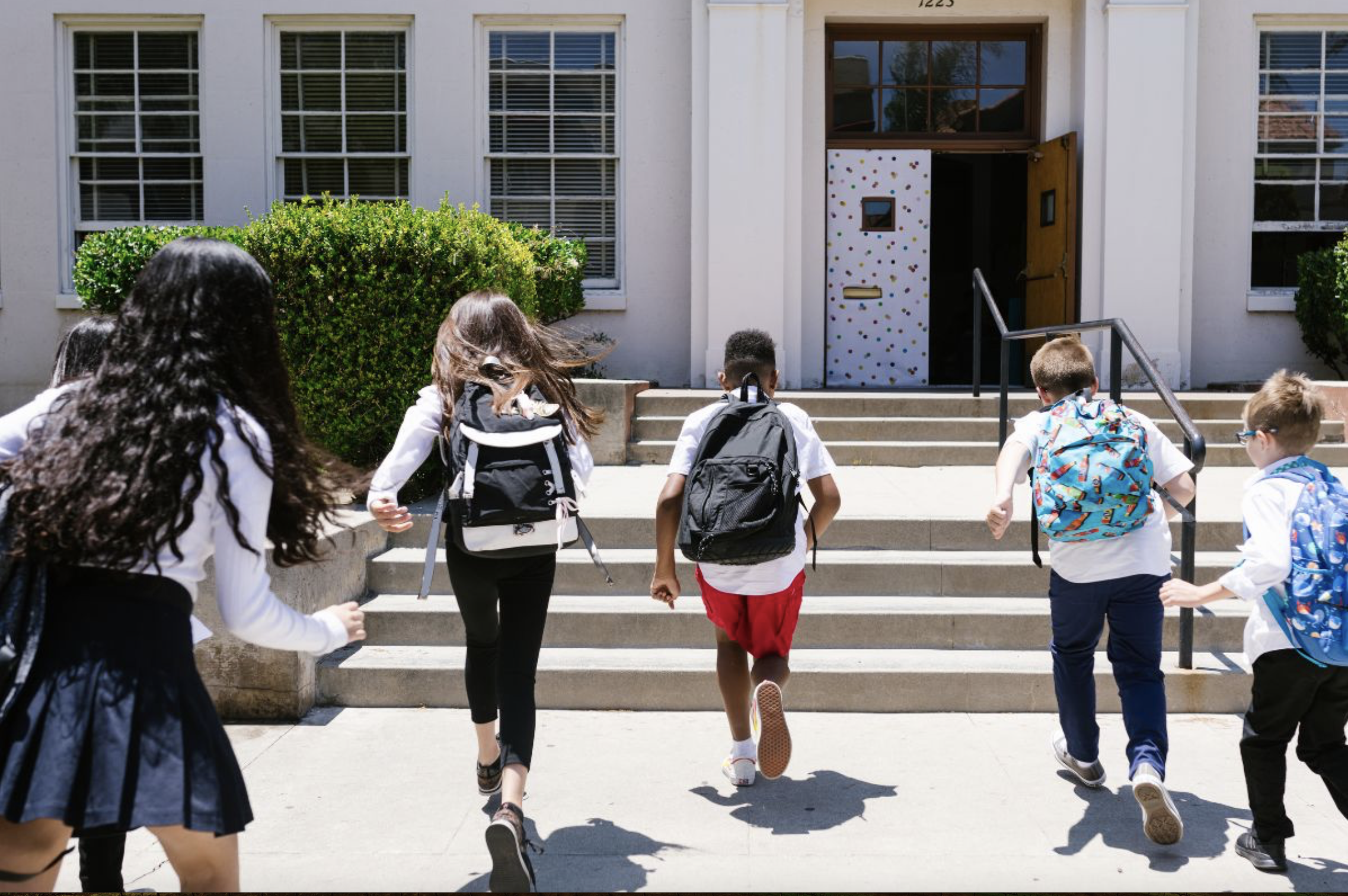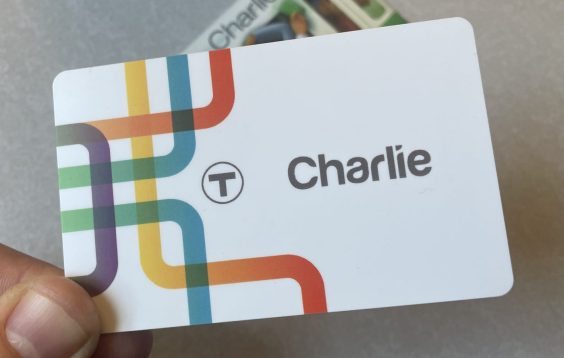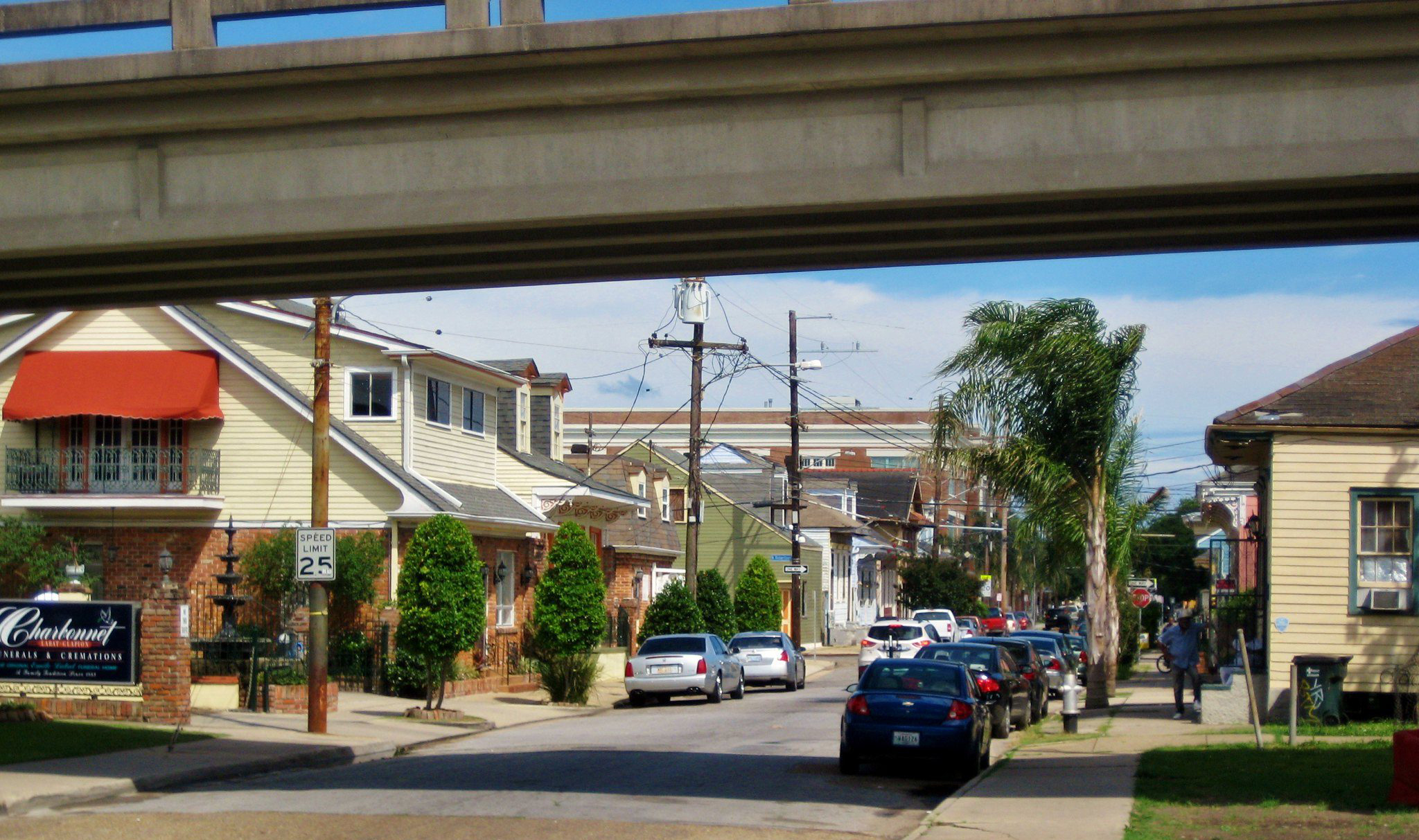Why not Close New York City's Streets to Traffic More Often?

Sunday was New York City's 26.2-mile block party, a once-a-year occasion for residents and visitors alike to actually enjoy the city streets.
A recently announced economic-impact study of the 2005 race calculated that the marathon--complete with participants and spectators from near and far, sponsors, charities, media, prize money, and ancillary events--pours $188M into the city's economy, making it by far the city's most lucrative one-day sporting event. The race has such tremendous cache that nearly 100,000 applicants applied to be among the field of 37,000, and two-thirds of them traveled in from outside the area. And don't forget the other key numbers: two million spectators and 300 million TV viewers around the world. Concentrating on the race's impact in financial terms, however, is to miss its tremendous environmental, public health, and community-building benefits.
What makes the race so special that marathoners want to "run New York" more than anywhere else, and are willing to shell out megabucks to do so? Ask them, and they'll tell you that it's the city itself. In the days leading up to the race, marathoners see New York through rose-colored glasses. Training run in Central Park? Lucky you, we just happen to have more roadways closed due to marathon setup. Ready to pick up your number at Javits Center? Take a special free bus from Midtown! Need something to do on Saturday? How about a closed-street jog from the U.N. across 42nd Street and up to Central Park!
And then on Sunday, the whole city gets in on the action. For this one wonderful day, the same highway-like streets that shoot cars through our neighborhoods at all hours, making sidewalk socializing unpleasant and isolating neighbors from one another, magically transform into public commons. Spectators spill off of the narrow sidewalks into the roads as the sea of humanity passes by.
If you watched the race in person, you surely talked to dozens of people squeezed around you, cheered for their friends, and snapped pictures of them with their runners. You and the other 2 million spectators were able to be there thanks to our city's dense housing and subways (which even the DOT urged us to use on this day).
Given the chance to enjoy the streets, New Yorkers and visitors party it up--enjoying brunches, bands, and bar fests and bringing rich life to streets that are otherwise primarily just vehicular thoroughfares. Marathoners look forward to the turn off of the Queensboro Bridge into Manhattan, for example, because the roar of the crowd is so intense, and spectators position themselves hours in advance to be at the front lines there. The rest of the year, however, you can usually count on one hand the number of people hanging out on that stretch of First Avenue.

And now, let's imagine for a minute if it weren't so rare to have people enjoying the streets. Enrique Peñalosa made the suggestion in his speech last month, as he envisioned a Bogotá-esque Ciclovía applied to major New York streets like Broadway and 42nd Street. Every Sunday and holiday in Bogotá, 120 kilometers of roads--nearly three marathons' worth--are opened for the use of people instead of cars. Participation is comparable to marathon spectatorship, at 1-2 million, and it represents an even greater percentage of Bogotá's population. These people are healthier and happier thanks to Ciclovía, and I bet that the economics work out just fine too.
If the marathon passed you by on Sunday, you must have enjoyed the spectacle: listening to the voices and footsteps, breathing in the fresh air, talking to total strangers. Wouldn't it be nice to do these things more often?
Photo: Shibula/Flickr





